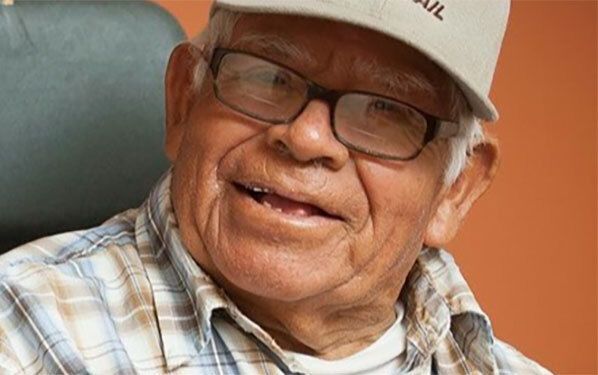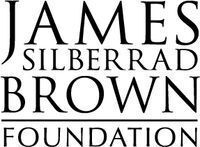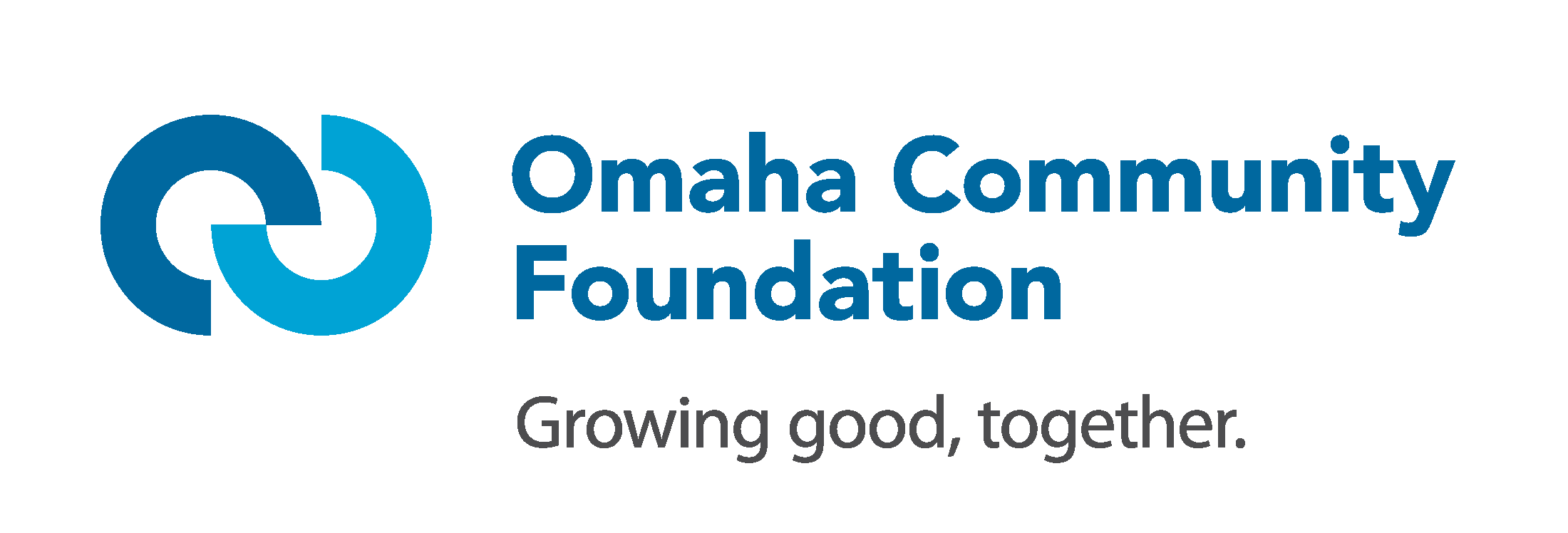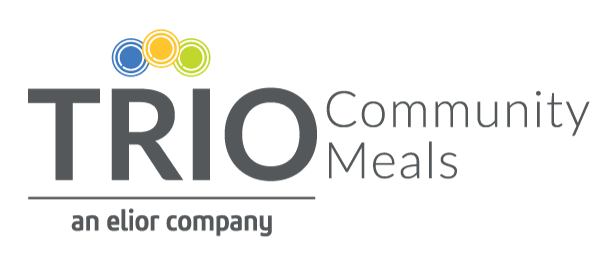Older adults today face a number of economic challenges that previous generations did not, from low incomes to lack of affordable housing—issues that, left unaddressed, are likely to get worse by the time we reach the age of 60.
Here are a few of the key issues affecting older adults and what we can do to make a difference.
Growing Senior Population
Today there are 40 million Americans over the age of 65. By 2030, the senior population is projected to more than double, and by 2050, 25 percent of all Californians will be aged 60 or above (California Commission on Aging 2016). Neither our country, our state, nor our local communities are prepared to handle this growth in the number of seniors needing housing, healthcare, and everyday assistance.
How We Help: As a society, we need to be focused on putting systems, programs, and infrastructure in place to meet the future needs of a much larger senior population. Serving Seniors helps by advocating for such investments, and by building and maintaining senior housing and facilities that will serve San Diego County for years to come.
Lack of Affordable Housing
The 2025 Point in Time Count showed that the number of San Diego County residents experiencing unsheltered homelessness who are age 55 and older has increased to over 30% or 3,200 of those counted (9,905), up from 25% in 2022, with 50% of them experiencing homelessness for the first time in their lives, a 5% increase. The percentage of those 55 or older living in vehicles also rose 3 percent this year.
How We Help: Serving Seniors provides housing stability by increasing the stock of affordable and transitional housing for low-income and homeless seniors, and advocating at the local and state levels for designated funding to address senior homelessness.
Food Insecurity
According to the California Master Plan for Aging, 31% or 212,372 of older adults in San Diego County are struggling to meet their basic needs. In a report published in March 2025 by the San Diego Food Bank indicates 182,000 older adults (age 60+) in San Diego County are estimated to be nutrition insecure.
How We Help: Serving Seniors improves food security for low-income seniors by providing over 1.5 million nutritious congregate and home-delivered meals a year—free of charge—to 13,265 seniors a year.




























